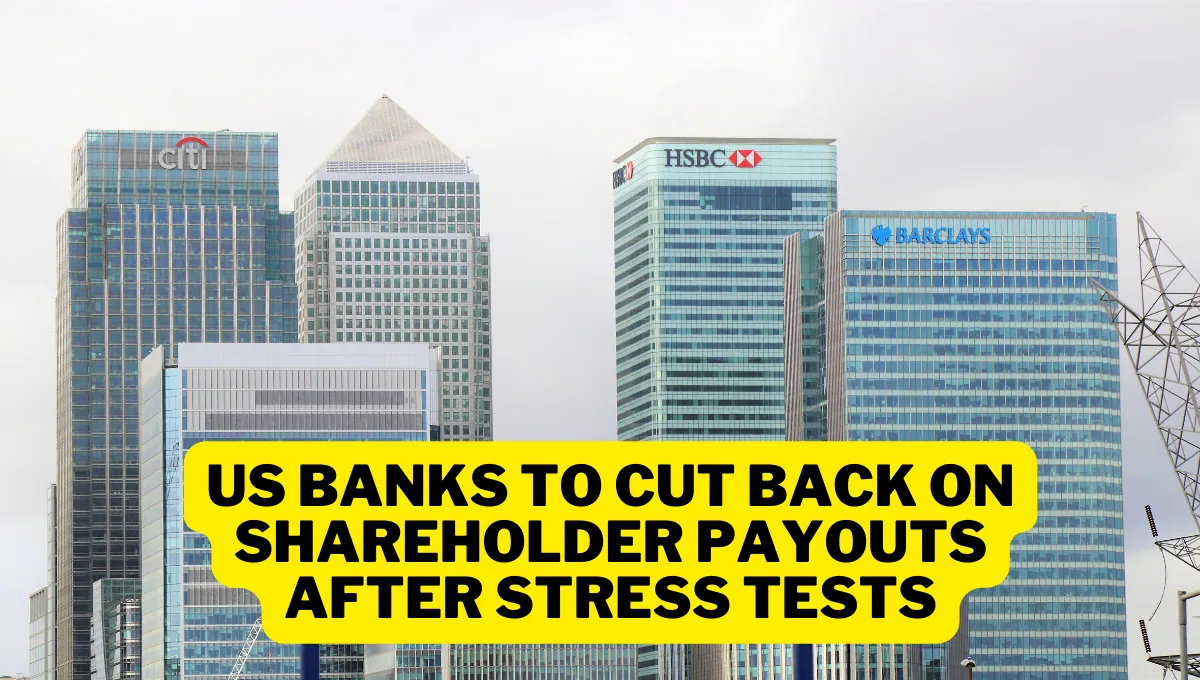The major U.S. banks are gearing up for a cautious approach to shareholder payouts as they brace for the outcomes of the Federal Reserve’s annual stress tests.
These tests, which are set to reveal how much capital banks need to weather economic turbulence, are critical in shaping banks’ strategies for dividends and share buybacks.
Analysts anticipate that despite demonstrating ample capital reserves, banks will adopt a conservative stance on payouts due to ongoing economic and regulatory uncertainties.
Understanding the Federal Reserve’s Stress Tests
What Are Stress Tests?
The Federal Reserve’s stress tests are a rigorous evaluation designed to assess the financial health of banks.
These tests simulate severe economic downturns to determine if banks have sufficient capital to endure potential crises.
The results influence how much capital banks can return to shareholders through dividends and share repurchases.
Historical Context
Initiated after the 2007-2009 financial crisis, these annual stress tests have become a cornerstone of banks’ capital planning.
They aim to ensure that financial institutions remain robust under adverse conditions, thereby safeguarding the broader economy.
Key Insights from the 2023 Stress Tests
Broad Participation
This year, 32 lenders will undergo the stress tests, including prominent names like JPMorgan Chase, Citigroup, Bank of America, Goldman Sachs, Wells Fargo, and Morgan Stanley.
The inclusion of more mid-sized banks this year offers a comprehensive look at the health of a broader range of financial institutions.
Impact on Mid-Sized and Regional Banks
While Wall Street giants usually attract the most attention, the performance of mid-sized and regional banks will also be closely scrutinized.
These institutions have been under pressure from higher Federal Reserve interest rates, which squeeze their margins and affect their commercial real estate (CRE) portfolios.
Analysts expect that the results will provide new insights into these banks’ resilience.
Economic and Regulatory Challenges
Current Economic Environment
The stress tests come at a time when consumer demand is weakening, and higher interest rates are impacting banks’ profitability.
Last year saw three large banks fail, underscoring the importance of these evaluations in maintaining financial stability.
Regulatory Pressures
Wall Street banks are keenly watching the stress test results to bolster their campaign against proposed capital hikes by the Federal Reserve.
Bank groups argue that these hikes are unnecessary, given that large banks already hold substantial cash reserves. The stress test outcomes could either support or weaken their case.
Conservative Payout Strategies
Analyst Predictions
Analysts predict that banks will be conservative with their payouts. Big dividends and share buybacks could undermine banks’ arguments against additional capital requirements.
Ed Mills, an analyst at Raymond James, suggests that while there may be some increase in capital returns to shareholders, it is expected to be modest due to ongoing regulatory uncertainties.
Focus on Capital Reserves
Banks are likely to prioritize maintaining robust capital reserves over aggressive shareholder payouts.
This cautious approach aligns with the need to demonstrate financial stability and resilience in the face of potential economic downturns.
Performance of Major Banks
Expected Standouts
Analysts at Keefe, Bruyette & Woods (KBW) predict that Citigroup, Goldman Sachs, and smaller lender M&T Bank will perform well in the stress tests.
These banks have made favorable changes to their balance sheet mixes, positioning them strongly for the evaluations.
Commercial Real Estate Loans
Christopher Wolfe, head of North American banks ratings at Fitch, highlights that investors will be particularly interested in the performance of banks’ CRE loans.
Banks have set aside reserves of up to 10% for their office loan portfolios, with a significant focus on regional banks compared to larger lenders.
Implications for the Future
Capital Regulatory Reform
The results of the stress tests could serve as a proxy battle in the broader war over capital regulatory reform.
The findings may influence future regulatory decisions and shape the financial landscape for years to come.
Strategic Adjustments
Banks will need to adjust their strategies based on the outcomes of the stress tests.
This could involve reevaluating their capital allocation, adjusting their risk management practices, and refining their approaches to shareholder payouts.
Conclusion
The Federal Reserve’s annual stress tests are a critical event for U.S. banks, shaping their strategies for dividends and share buybacks.
While banks are expected to show strong capital reserves, they will likely adopt a cautious approach to shareholder payouts due to economic and regulatory uncertainties.
The performance of major banks, as well as mid-sized and regional institutions, will provide valuable insights into the health of the financial sector.
As the results unfold, banks and investors alike will be closely watching to understand the implications for capital regulatory reform and future financial stability.
